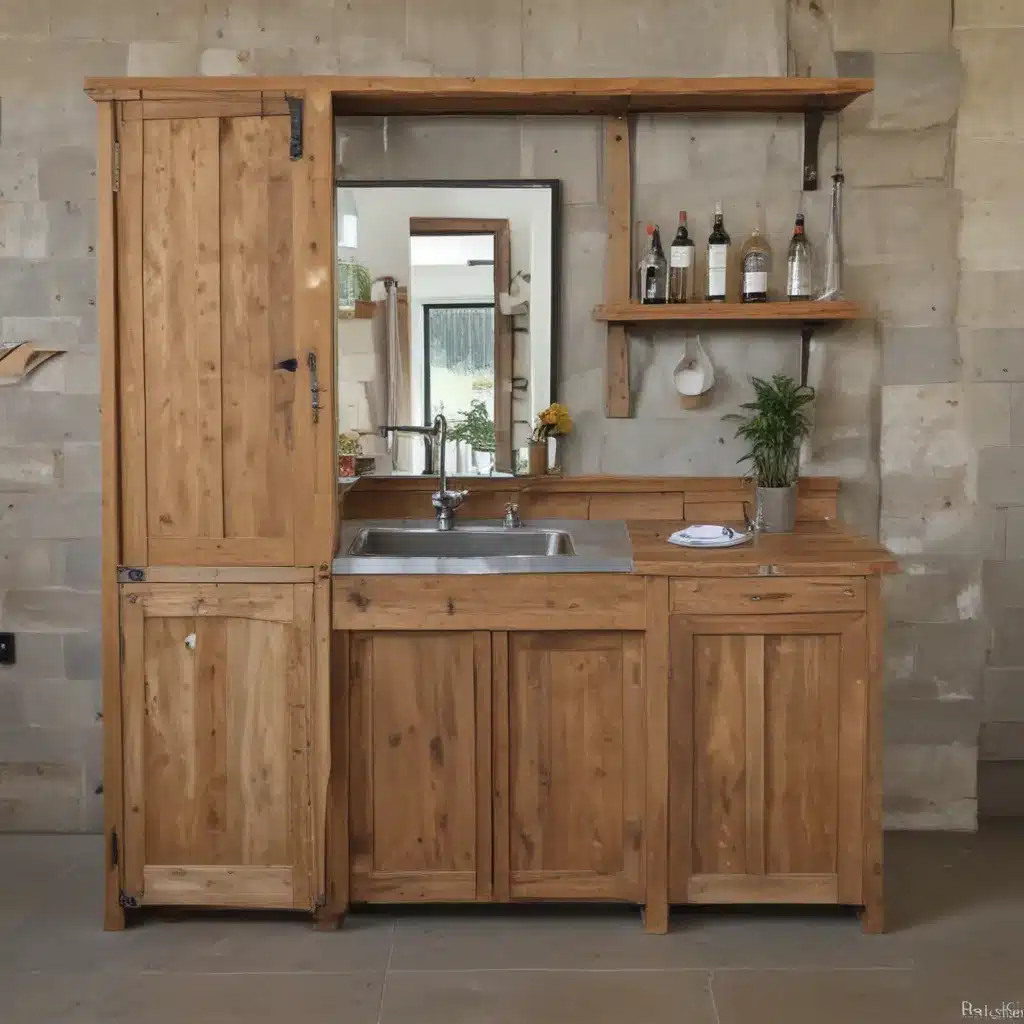
Turning Trash Into Treasure
I’ll never forget the day I stumbled upon a hidden gem while browsing through a dusty old salvage yard. It was like stepping into a secret world, surrounded by discarded materials that were far from worthless – each item a unique piece of history, waiting to be transformed into something extraordinary.
That day, I discovered my passion for sustainable design and the power of salvaged materials. As an architect, I’m always on the hunt for innovative ways to create beautiful, eco-friendly spaces. And let me tell you, working with reclaimed and repurposed materials has completely changed the way I approach every project.
The Beauty of Imperfection
Sure, brand new building supplies may seem like the easy path, but there’s something undeniably captivating about the character and charm of salvaged materials. Take, for example, those weathered old floorboards I sourced for a recent office renovation. Woodstone UK hooked me up with over 2,000 square meters of stunning reclaimed flooring, each plank telling a story of its past life.
When I showed the design to the client, they were skeptical at first. “Aren’t those boards a bit, well, rough around the edges?” they asked. But once the renovation was complete, they were blown away by the warm, inviting atmosphere the reclaimed flooring had created. The imperfections and natural variations in the wood added so much personality to the space – it was the perfect blend of old and new.
Redefining Waste
It’s no secret that the construction industry has a significant environmental impact. Each year, we’re responsible for a staggering 100 gigatons of material consumption, with 35 gigatons ending up in landfills or being incinerated. That’s a lot of wasted potential, don’t you think?
That’s why I’m so passionate about shifting the sustainability paradigm in building design. By embracing salvaged materials, we can reduce waste, conserve natural resources, and create truly one-of-a-kind spaces. Just take a look at the shed project my friend Bo Shepherd worked on – it’s a shining example of what’s possible when you think outside the box.
Closing the Loop
Of course, sourcing and incorporating salvaged materials into a design isn’t always straightforward. There can be logistical challenges, like availability and quality control. But that’s where innovative companies like Concular in Germany are stepping up to the plate.
By creating a B2B platform for reclaimed building materials, Concular is making it easier than ever for designers and contractors to access a diverse range of high-quality, sustainable options. And the benefits don’t stop there – they’ve helped save tons of CO2 emissions and prevent countless tons of waste from ending up in landfills.
The Circular Future
As I continue to explore the world of sustainable design, I’m constantly in awe of the incredible potential of salvaged materials. From converting organic waste into cellulose-based building materials to designing for disassembly and reuse, the possibilities are endless.
Just imagine a future where every building is constructed with reclaimed, recycled, and regenerative materials – a truly circular ecosystem where nothing goes to waste. It’s a lofty goal, to be sure, but one that I believe is well within our reach.
So, if you’re ever in the market for a building or renovation project, I encourage you to keep an open mind and explore the world of salvaged materials. Who knows, you might just stumble upon your own hidden gem, waiting to be transformed into something truly extraordinary.
After all, as the folks at ABC Home know, sustainable design isn’t just about being eco-friendly – it’s about creating spaces that are both beautiful and meaningful. And with a little bit of creativity and a lot of passion, we can turn even the most discarded materials into the building blocks of a better, greener future.

















